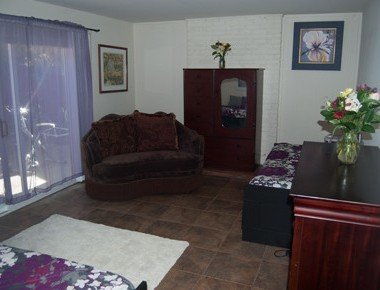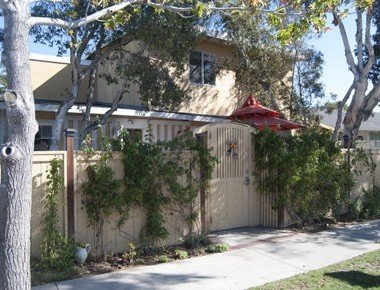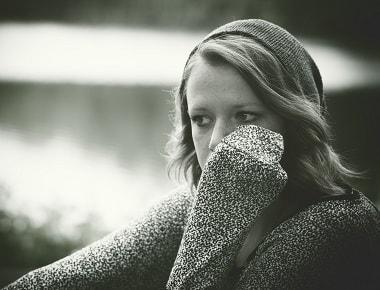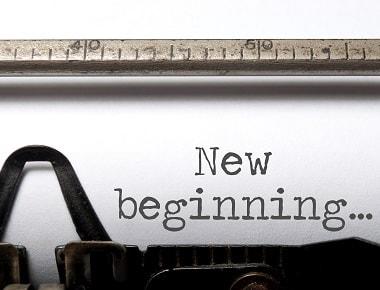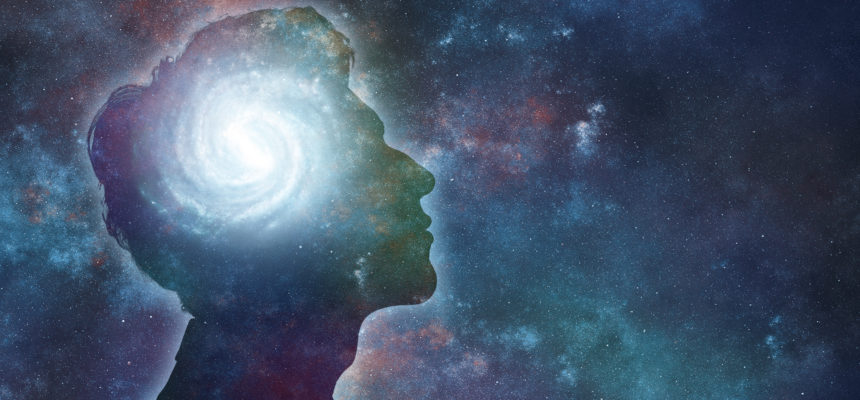
Your Brain on Acid: Tripping into Psychosis
For long-term users of LSD (lysergic acid diethylamide) or acid, it is easy to develop a psychological addiction to the drug. This type of addiction is where one develops an emotional addiction to the drug. They feel they cannot survive without using LSD, even though there is no evidence the drug causes a physical addiction. To overcome a psychological addiction, it requires going through an LSD detox treatment program.
What Does LSD Do to the Brain?
LSD is a very strong chemical drug that alters the mind and how our brains perceive and process information received through our senses. In the brain, levels of serotonin —a neurotransmitter—are affected, which alters our behavioral responses, sexual behaviors, body temperatures, motor control, moods, and sensory perceptions.
An acid user’s perceptions of reality can easily become distorted and altered. Some users feel like they are no longer in their bodies. Others feel like they are transcending time and space. These feelings are often accompanied by hallucinations, which could include:
- Bright Colors: One might notice a kaleidoscope effect with a full spectrum of color or minor bursts of colors like fireworks.
- Distorted Images: Images twist, change shape, and appear unreal or disproportionate in size or shape.
- Imagining Objects Coming to Life: Some people experience objects like a TV, pillow, or chair coming to life.
- Altered Perceptions of People: One might see people look different than they normally do. Their head might seem bigger or smaller or might appear as a famous actor or witch, depending on the person’s imagination while using LSD.
- Talking Animals: Some users have had experiences where they perceive their cat or dog talking to them.
This state of mind is referred to as an acid “trip.” However, not all “trips” are pleasant and euphoric in nature. It is not unheard of for a person to have a “bad trip.” A bad trip is where the sensations and perceptions experienced are horrifying and instill a sense of fear, loss of control, despair, or even paranoia.
Essentially, the person can feel like they are trapped inside their own worst nightmare and cannot escape. These acid “trip effects are normally short-term and gradually dissipate as the drug wears off.
Long-Term Effects of Acid on the Brain
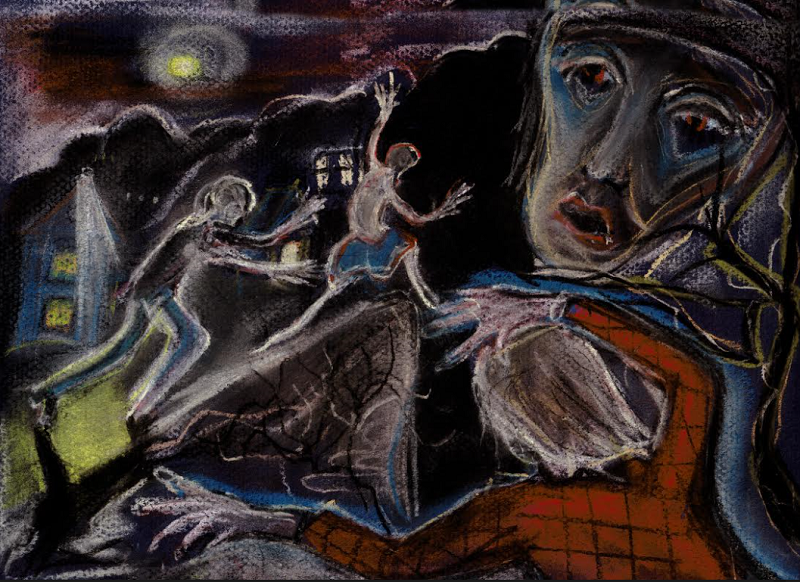
The long-term effects of acid on the brain vary, depending on how long LSD has been used and the amount taken. Some people report having acid “trip” flashbacks while not on the drug, from a few days later to more than a year after the “trip.”
Furthermore, people quickly build up resistance to acid in a short period of time. To achieve the desired “trip” effects, one must take more and more of the drug. At higher levels, acid can stay in the body longer and prolong the duration of the “trip”—sometimes lasting 24 hours or longer.
When a person is not using acid, they may start to feel a sense of depression, largely from the altered serotonin levels in the brain. They may feel restless and develop problems sleeping. Additionally, long-term use could lead to heart disease since LSD elevates heart rates and increase risks of heart attack.
Most importantly, the results experienced during an acid “trip” are unpredictable. One might have a pleasant experience one time and a “bad trip” the next. This can be further complicated when mixing other drugs and alcohol with LSD.
Getting Help for LSD Addiction
If you want help overcoming your addiction to LSD, it is available at Yellowstone Recovery, at our Southern California treatment center. We offer a 12-step LSD detox approach that has been successful for others we have helped. For further information about our treatment program, please contact us at (888) 418 – 4118 today!


